Dill is a popular herb with many uses, ranging from pickling to potato salad. Use my step-by-step photos to learn how to cut dill so you can enjoy its unique flavor for salads, dressings, and other recipes all year round!
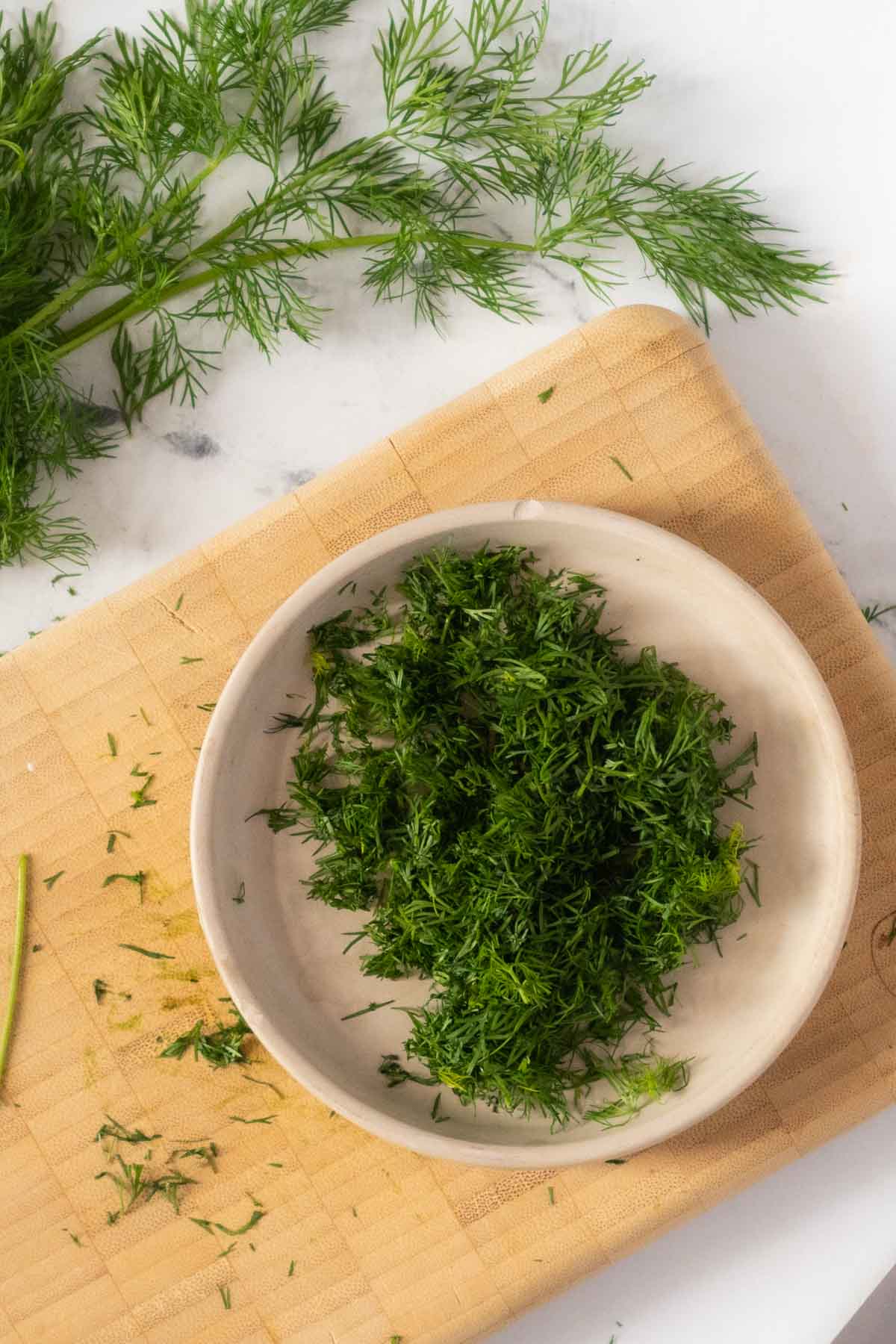
This post may include affiliate links. Please read my disclosure policy.
Dill might just be my favorite herb. It has feathery frond-like leaves, pretty yellow flowers, and edible seeds that can be used as a flavoring in various dishes. I grow it in my herb garden and I use it in many of my recipes.
Dill usually is grown in milder climates so when possible I like to use fresh from my garden or purchase from a local farmer's market. Don't worry, if you live in a hotter climate dill is available at grocery stores year-round.
Jump to:
How to Harvest Dill Leaves
Harvesting dill properly at the best time is key to ensuring it has the best flavor and preserving its freshness for long-term storage.
When selecting plants for harvest choose young fronds and stems with a feathery texture. Look for leaves that are bright green in color and relatively thin. Avoid any wilted or yellowing leaves, as this indicates it is past its prime.
To harvest dill, start by cutting off the entire plant about three-fourths of the way down from the top with a sharp knife or pair of scissors.
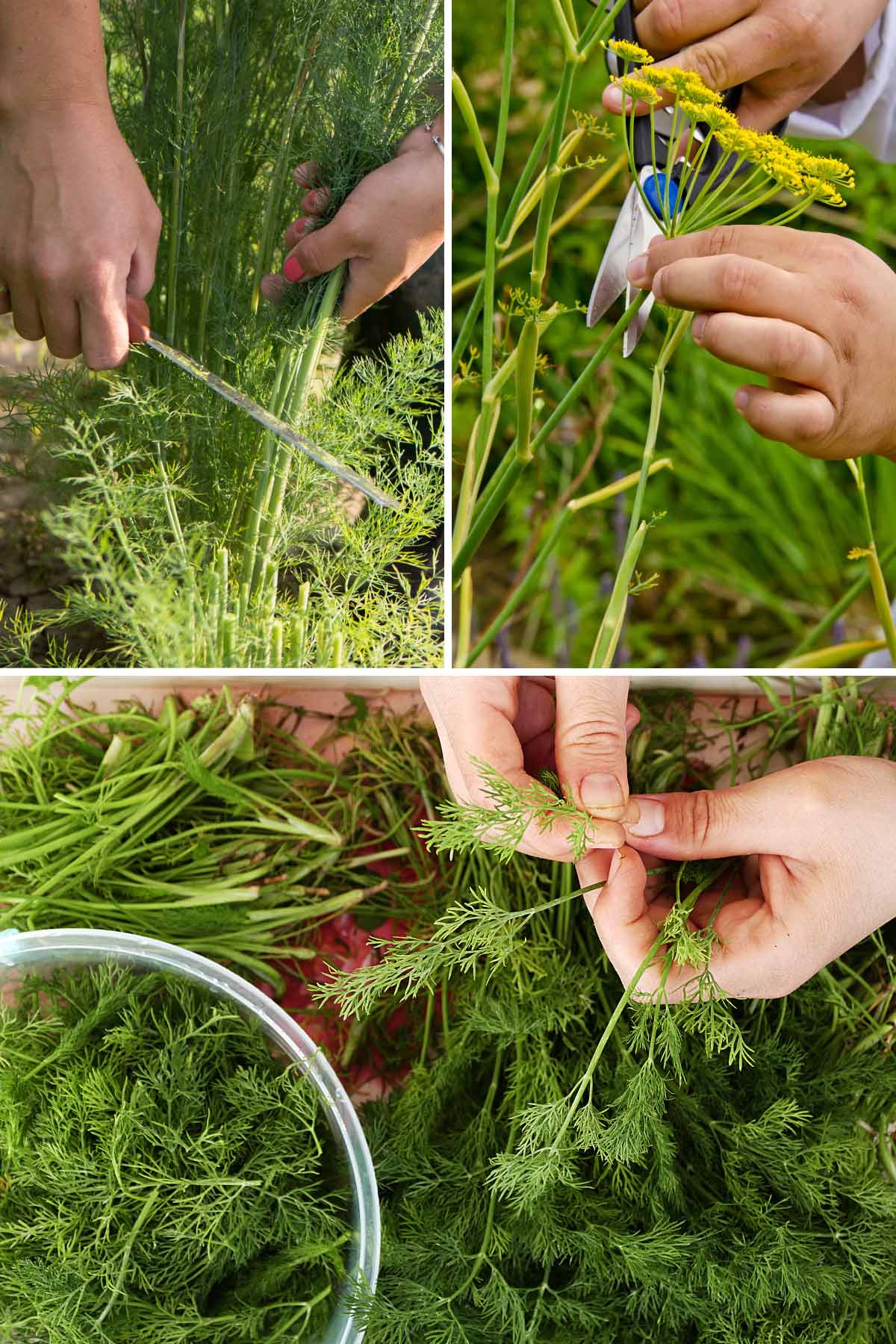
If you plan to save some of the dill for later use, then it is best to only pick one-third off the plant at a time. This will ensure that the remaining plants can continue to produce foliage and flowers throughout the season.
You can also prune away any tough stems and discard any older leaves or seed heads, as they are not suitable for eating. If you plan on saving some of the seeds to replant in the following year, be sure to leave some of them intact on the stem while harvesting.
Dill can easily become overgrown if not harvested regularly, so make sure you keep an eye on it and prune it as needed.
How to Shop for Dill
When purchasing dill at the store, most of the time the dill will be packaged in small plastic containers. If possible, I buy the bunches of dill that are out of the package or the living herb version where you buy the live plant.
Look for small bunches with dark green leaves that are pliable and not wilted or yellowed. Also, check to make sure there aren't any signs of mold or discoloration on the leaves.
🌡️How to Store Fresh Dill
When storing fresh dill, it is important to keep it cool and dry. The easiest way to do this is by lightly wrapping it in a dry paper towel and placing it in an open plastic bag before storing it in the refrigerator.
If you plan on using it within the next few days, you can also store it at room temperature, away from direct sunlight. However, if you want to keep dill for extended periods of time, freezing dill is the best method.
To freeze dill, simply cut off the stems and place them in an air-tight container or wrap them up in a small bundle before freezing. Alternatively, you can also chop up the leaves and freeze them in ice cube trays filled with cold water or olive oil for quick and easy use later on.
You can also dehydrate or dry fresh dill and store it in an airtight container at room temperature for 6 months.
🔪How to Chop Dill
When it comes to cutting dill for recipes, the best way is to use a sharp knife and a cutting board. You can either cut the dill into thin strips or into small pieces depending on what you are using it for.
Rinse the dill under cold water and pat it dry with a towel.
Remove the fronds from any tough or woody stems from the dill. I start by pinching off the ends and then removing any of the smaller side branches from the main stem. Discard the stem or save it for other uses.
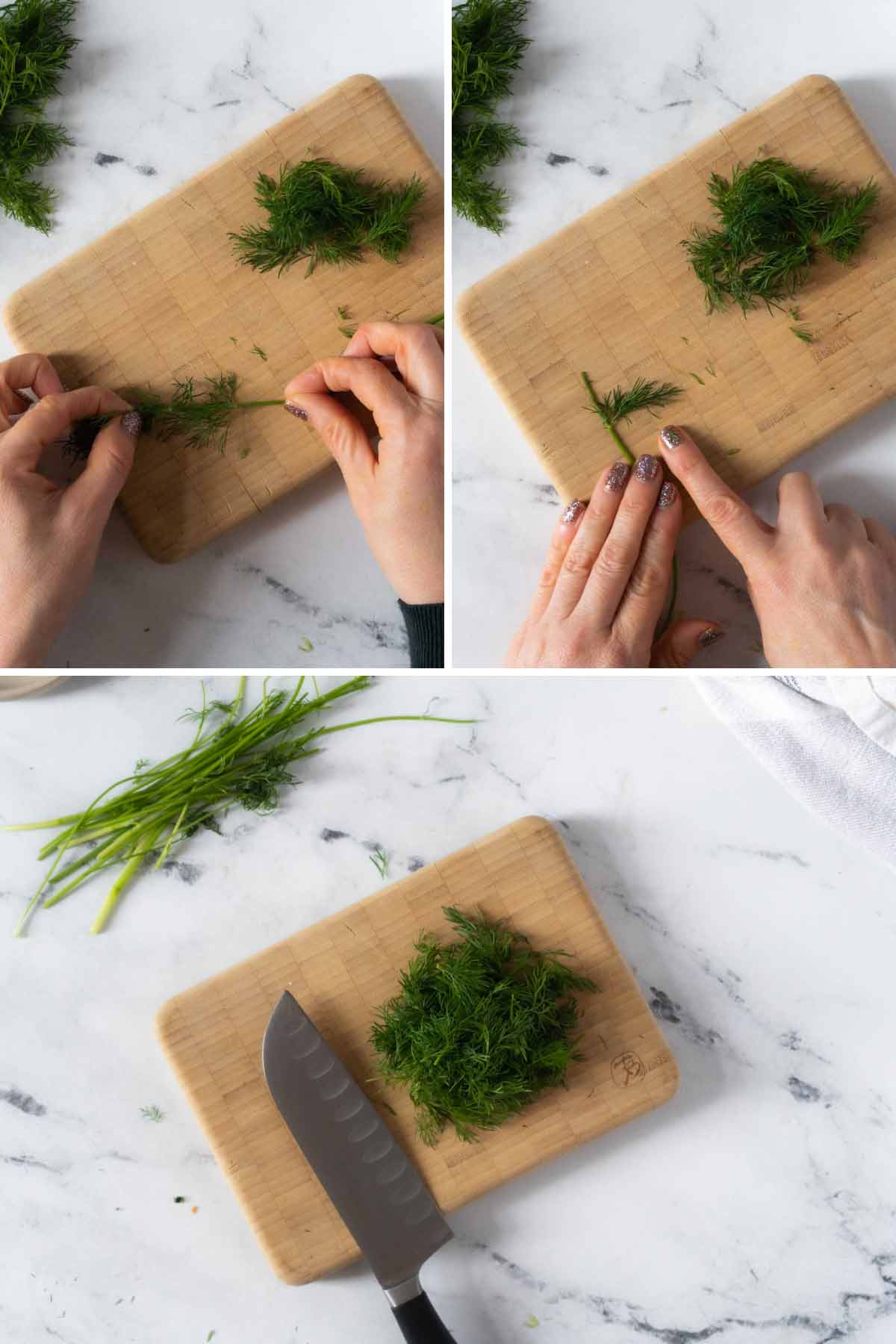
Gather a small handful of dill fronds and lay them on a cutting board. Use your fingers to bunch the fronds into a ball and grasp. Using a sharp chef's knife, slice the dill gently moving your fingers back and out of the way as you slice.
For finely chopped dill, turn your knife 90 degrees. Pinch the end of the knife, using a rocking motion going back and forth over the dill leaves.

Remember to use a sharp knife and a light, gentle touch when chopping dill or any other herbs. This will help you make clean, precise cuts and preserve the delicate flavor and texture of the dill.
If you are using dill in salads, soups, or other dishes where the leaves will be visible, then you should use smaller pieces so that it is easier to incorporate them into the dish.
When used as a garnish, I prefer bigger pieces and even whole fronds.
How To Use
There are many ways to use dill in your cooking beyond the classic dill pickles. Dill can be used in a variety of recipes, like dips, dressings, sauces, soups, chopped salads, and salad dressings. Fresh dill is also great for pickling, marinating meats, or adding to egg dishes. Finally, remember that fresh dill has a much stronger flavor than dried dill so use more when substituting for the dried form.
Here are a few of my favorite recipes that use fresh dill;
👩🏻🍳 Expert Tip
The dill flowers are also edible and can be used to add a unique flavor and texture to your recipes. Or put them in our homemade flower arrangements.
💬Frequently Asked Questions
Don't forget to use the stems of dill when cooking! You can add them to pickling jars, bouquets of fresh herbs, or stuff a fish with them before grilling. They can be used like bay leaves in soups and stews or added to your potatoes as they cook for extra flavor. Try out different ways of using dill stems - you'll be surprised how much flavor they add!
📖 Recipe Card
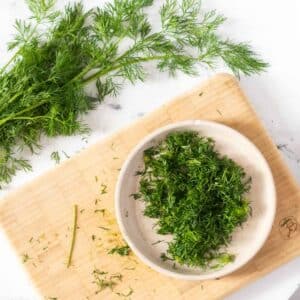
How to Cut Dill
Ingredients
- 1 bunch fresh dill
Instructions
- To start, remove any damaged leaves and discard them. Rinse the dill under cold water and pat them dry with a paper towel.1 bunch fresh dill
- Pinch the fronds to remove them from the main steam. Gather the fronds in a ball.
- Pinch the ball and slice the leaves with a kitchen knife, moving your fingers back to expose more leaves.
- For finely chopped dill, turn your knife 90 degrees. Pinch the end of the knife, using a rocking motion going back and forth over the dill leaves.
Notes
- Wrap the fresh leaves in a dry paper towel and place it in an open plastic bag before storing it in the refrigerator.
- Chopped dill should be used immediately or frozen.

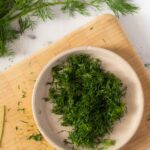
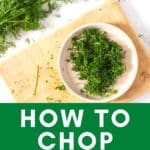
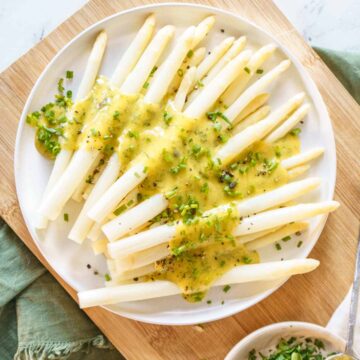
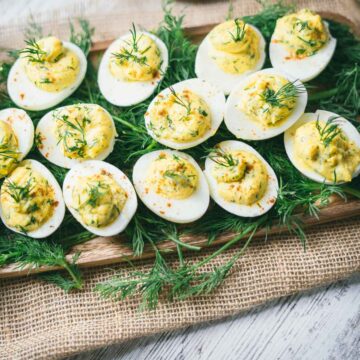
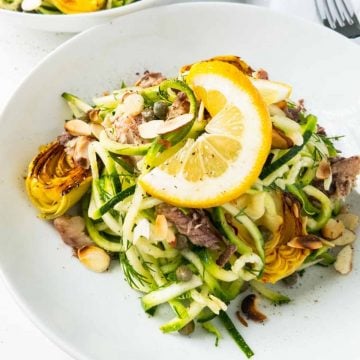
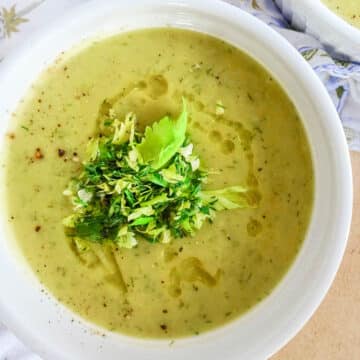
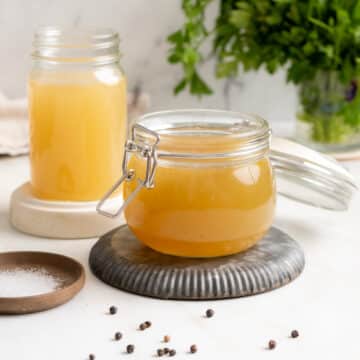

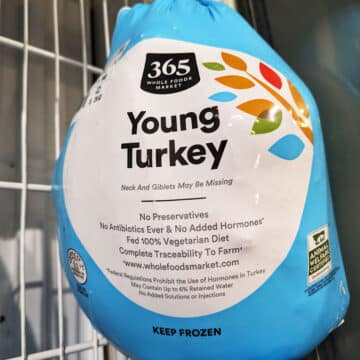
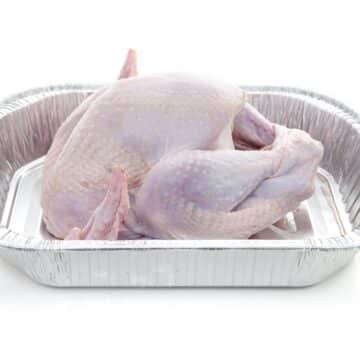
Comments
No Comments